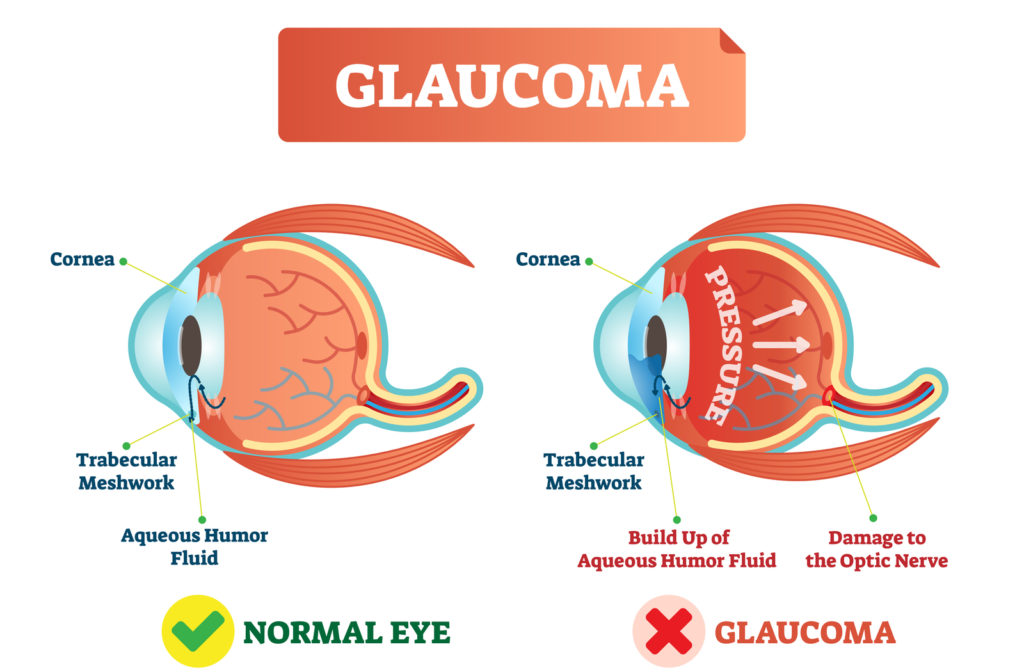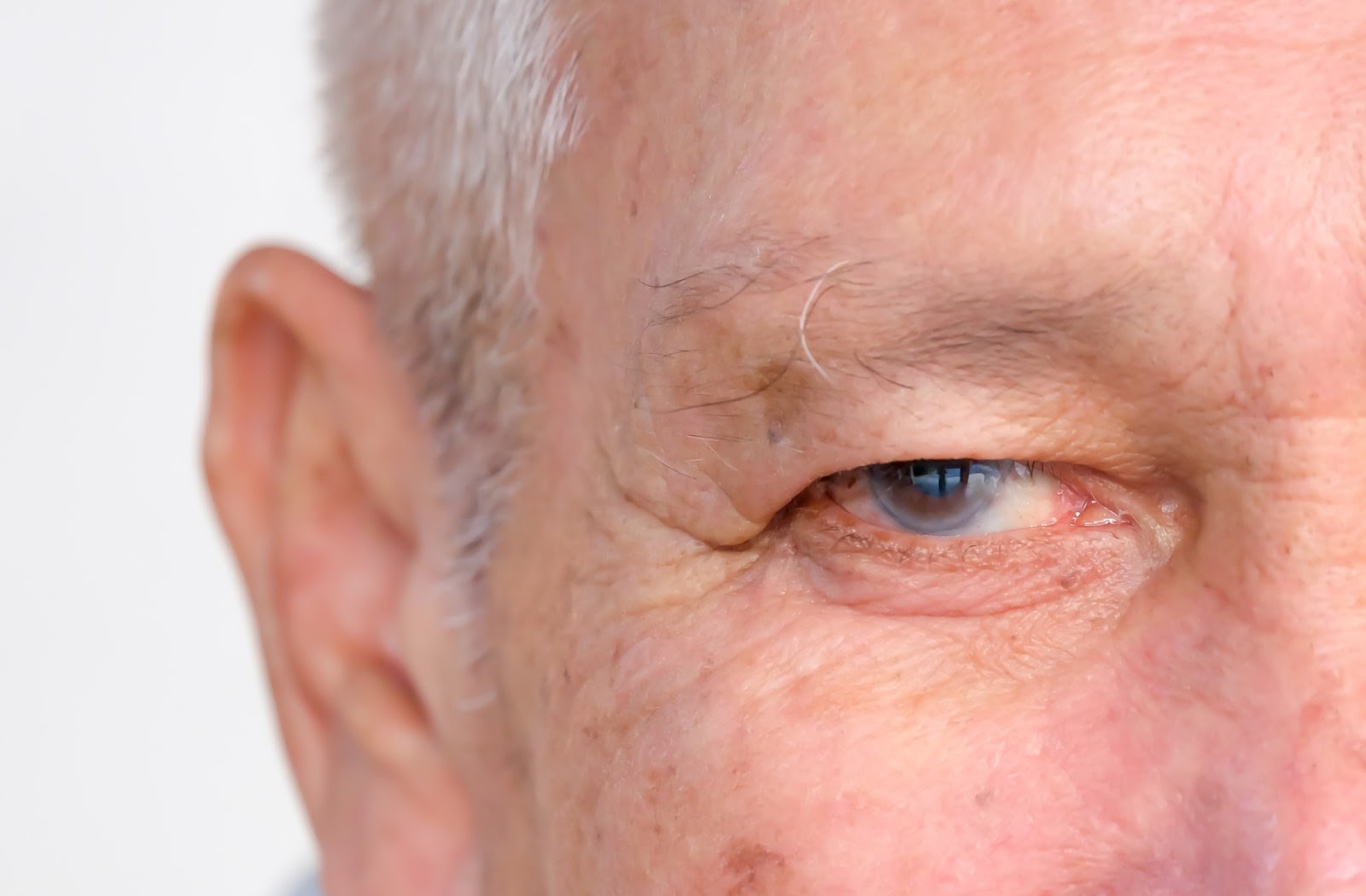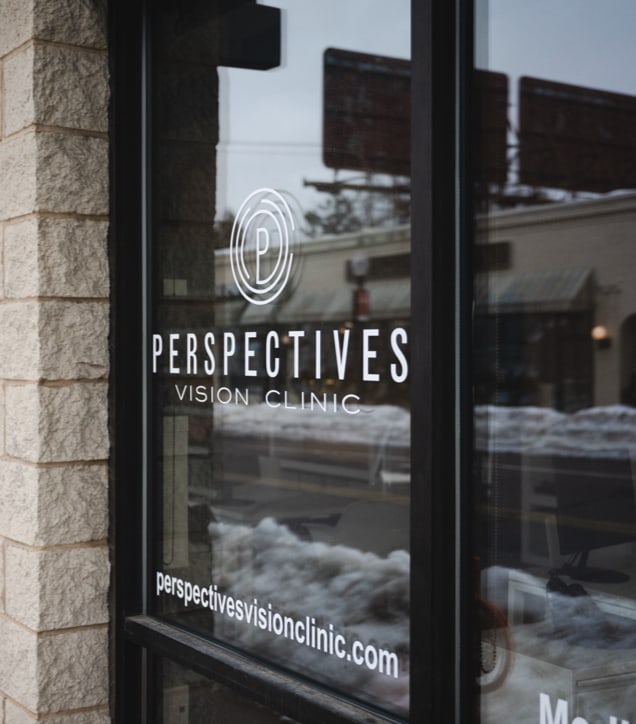Glaucoma is a widespread eye disorder that affects roughly 3 million Americans. If you haven’t heard of glaucoma before, you should know that almost 50% of people who have glaucoma don’t know they have it. This is why it’s crucial you receive regular eye exams.
Glaucoma often doesn’t present symptoms until the disease has progressed, so you may never know you have it until it begins to impact your vision seriously.
The good news is, glaucoma can be prevented, tested, and treated. But how exactly does an optometrist test for glaucoma? And what type of treatments are available?
At Perspectives Vision Clinic, we know how important it is for you to understand what is going on with your vision. That’s why we’ve compiled everything you need to know about glaucoma exams, the symptoms you should watch out for, and how it’s diagnosed and managed.
What is Glaucoma?
Glaucoma is a group of eye diseases that lead to damage in the eye’s optic nerve. This optic nerve damage is usually caused by an increase in pressure in the eye. Glaucoma often results in vision loss that can worsen over time and may even lead to complete blindness.
Types of Glaucoma
There are several different types of glaucoma. Although there are many kinds of glaucoma, they are typically separated into 2 categories: primary glaucoma and secondary glaucoma.
Primary glaucoma are the most common types of glaucoma. There are four kinds of glaucoma in this category, which are grouped together because experts generally don’t know what causes them. They include:
- Open-angle glaucoma
- Normal-tension glaucoma
- Angle-closure glaucoma
- Congenital glaucoma
Sometimes glaucoma is caused by another medical condition. When this occurs, they are referred to as secondary glaucoma. The 4 types of secondary glaucoma include:
- Neovascular glaucoma
- Pigmentary glaucoma
- Exfoliation glaucoma
- Uveitic glaucoma
Symptoms & Risk Factors
Common Symptoms
The majority of people who are diagnosed with glaucoma show no early symptoms. Although this is the case for most people, there are some warning signs you can watch out for. These include:
- Severe headaches or eye pain
- Nausea and vomiting
- Blurred or vision loss, including blind spots or tunnel vision
- Seeing halos around lights
- Eye redness
When to See a Doctor
The best way to get an early diagnosis for glaucoma is by receiving regular eye exams. This helps your eye doctor track your vision health over time, allowing them to notice changes in your vision that you may miss.
That being said, if you are experiencing any of the above symptoms, it is best to discuss your concerns with your eye doctor so they can properly diagnose you and help you get treatment.
Risk Factors
Glaucoma is common, but there are several risk factors that may increase the likelihood of developing the condition. You may be at a greater risk if you:
- Are 60+ years old
- Have a family history of glaucoma
- Suffer from other medical conditions, such as diabetes, heart disease, or high blood pressure
- Have recently experienced an eye injury or eye trauma
- Suffer from other vision issues, such as nearsightedness or farsightedness
- Have recently had eye surgery
- You consistently use corticosteroid medications

What is a Glaucoma Eye Exam?
To diagnose glaucoma, your optometrist will test for symptoms and signs during a regular eye exam. These tests are quick and painless.
There are 5 main types of glaucoma tests that your eye doctor will perform during an eye exam. To diagnose glaucoma, your eye doctor will use the following methods:
- Tonometry- This test measures the pressure in your eye by applying pressure or air to the eye
- Ophthalmoscopy- This test allows your eye doctor to check your optic nerve for glaucoma-related damage by dilating your pupils
- Perimetry- This visual field test lets your doctor examine your complete scope of vision to see if your vision has been affected by glaucoma
- Gonioscopy- This exam allows your eye doctor to measure the angle of where the iris meets the cornea
Glaucoma Treatment
Because glaucoma is usually caused by increased pressure in the eye, treatment is focused on lowering this pressure.
After diagnosing your glaucoma, your optometrist may offer any of the following treatments based on the type of glaucoma you have and the severity of your condition:
- Eye drops
- Oral Medication
- Laser Surgery
- Microsurgery
Preventing Glaucoma
Unfortunately, glaucoma can’t always be prevented. The good news is, with most eye conditions, glaucoma included, there are steps you can take to slow its progression. This can lower your chance of developing harmful side effects and will keep your eyes healthy long-term!
The steps you can take to slow the progression of eye conditions like glaucoma include:
- Keeping up to date with your family medical history
- Following all of your optometrist’s recommendations
- Exercise regularly and maintain a healthy diet
- Wear eye protection and sunglasses
The single best thing you can do to prevent eye conditions and keep your eyes healthy, strong, and free of eye diseases, is to make sure you’re getting regular eye exams. So book an appointment with your eye doctor today!










